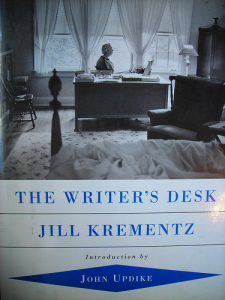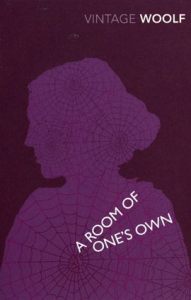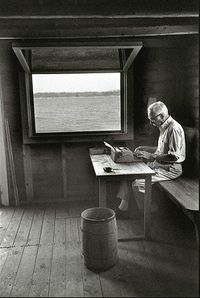My friend asks:
Where do you write?
If in multiple spots, do you find any difference in your quality of work?
Have you tried writing in places that just don’t work? (I.e. couch, bed, yard, park, coffee shop, etc?)
Do you like having windows to look out? Or, shut the blinds?
Do you need silence or listen to music?
Are you okay writing with other people or pets in the house, or do you need quiet?
Do you have a special chair? Writing hat or outfit?
I love having my own office space, and I think I would have a hard time writing without one. That said, the important thing is to feel detached from the world so that I can immerse myself on the page, and this can be achieved in a number of ways. When I’m travelling, for example, sharing a room, or in a busy space, I wear ear plugs and headphones.
I write on a laptop—my beloved MacBook—and usually sit on a couch with the mouse on a thick book beside me. I find that more comfortable ergonomically than sitting at a desk.
If you work at a desk, and even if not, it is important to move, stand, walk, swing your arms—do something—every hour, if not more often. I found this out the hard way. At one point my right hand was in such pain I thought I would have to give up writing. Now I set a timer. It’s shocking how quickly an hour goes by … and also shocking how serious the effects of concentrated time at a computer can be. Move. Change position. Exercise.
Some writers thrive writing in a public space—a coffee shop or library—but I think I would be distracted. I like having windows—light!—and I prefer being able to come and go without being interrupted. I’m not at the computer then, but I’m thinking. Dreaming is a writer’s work. We mutter and pace. Dickens would have lively dialogues looking into a mirror. I think you have to have enough privacy so that you can mutter and gestulate without embarrassment, which could be a problem in a public place.
I need to feel safe from interruption at certain stages of the writing process. In my early years of writing, I would only schedule home repairmen etc. for Mondays or Fridays, so that I had a run of house-empty days in the middle of the week. I’m fairly strict about protecting my morning hours. It’s important to let your family know when you need solitude.
With time, one learns to immerse more easily, and distractions become more manageable. Professional writers, especially those who are often on tour, learn to write all the time under any circumstance.
A relevant book: The Writer’s Desk, by Jill Krementz:
This from a Paris Review interview of the historian David McCullough, “The Art of Biography, pt. 2“:
“Nothing good was ever written in a large room,” David McCullough says, and so his own office has been reduced to a windowed shed in the backyard of his Martha’s Vineyard home. Known as “the bookshop,” the shed does not have a telephone or running water. Its primary contents are a Royal typewriter, a green banker’s lamp, and a desk, which McCullough keeps control over by “flushing out” the loose papers after each chapter is finished. The view from inside the bookshop is of a sagging barn surrounded by pasture. To keep from being startled, McCullough asks his family members to whistle as they approach the shed where he is writing.”
I was charmed to learn that McCullough doesn’t allow any visitors, with the exception of grandchildren, “the younger the better.”
The ergonomics of writing often dictate where and how one writes. A number of authors—most famously Hemingway—use stand-up desks (some even like treadmill-desks). Lin Enger, author of The High Divide, had this to say on the blog The Quivering Pen:
I wrote most of this novel in a four-by-five closet, standing up. Sitting for any length of time wrecks my lower back, and so I resorted to using for my desk the top of a four-drawer file cabinet I kept in the closet of my study. Why didn’t I move the cabinet into the study itself? Because the isolation of standing in a small, windowless room helped me disappear into the northern plains of 1886.
And, perfect reading for this subject, a book that influenced me decades ago:
A Room of One’s Own, by Virginia Woolf.
I’ve long loved this image —
Other posts in this series:
A writer’s routine: how many … hours, days, words?
A writer’s routine: pantster or plotter?
A writer’s routine: how to get into a creative headspace
A writer’s routine: evolving what works
{Illustration at top is from “A Most Delicate Art” at BibliOdyssey.}





